What is Historical Tourism?
Historical tourism is a form of tourism that is no longer new but is still a potential land for Vietnam’s tourism industry. It can be understood that historical tourism is the way in which tourists have access to local history through visiting and experiencing landscapes, cultural heritages, monuments or museums – places where the mark of history still remains.
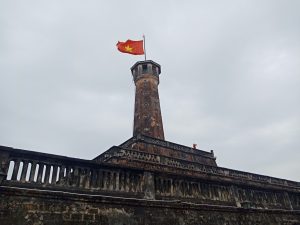
Through such activities, visitors will understand more about local traditions, culture and people. From there, it helps the local to promote its own image and identity and preserve the quintessential beauty left behind by the ancients as well as promote tourism and improve people’s lives.
The potential of historical tourism of Vietnam
Vietnam has gone through more than four thousand years of history of building and defending the country. We heroically traversed thousands of great wars and flourished from the ashes of war. Possessing such a long history, the Vietnamese people have the right to take pride in bringing the national history closer to the lives of the people and foreign tourists.
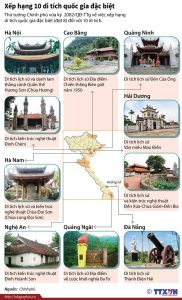
Stretching across the S-shaped land is a very valuable historical resource, which leaves a very unique impression of Vietnamese people in the hearts of tourists when visiting this place. In the past years, many localities have focused on investing, restoring, preserving and enhancing relics associated with tourism development, creating a lively and attractive new look without losing historical value of the construction.
Moreover, the Vietnamese people always possess the national pride that has been continued for generations. It is this tradition that has contributed to making the history more vivid, full of national spirit through stories and introductions of indigenous people, which promotes stronger development of historical tourism in the future.
The value of historical tourism
For domestic tourists
History is always misunderstood as a dry subject. While the history of the country is always glorious and majestic. When historical tourism is promoted, not only young people have the opportunity to approach history in a more natural, authentic and interesting way; but adults can also look back at the history of their country and understand those stories to inspire the next generation. As the venerable President Ho Chi Minh once said: Our people must know our history.
When people know and understand the history of the country, they will automatically respect the traditional values and the merits of their ancestors. They also have a more objective view of the country, of life, of their own origins in order to continue to nurture national pride and preserve the sacred cultural identity, as well as avoid the circumstances of history being distorted, distorted for bad purposes.

To foregin visitors
A developed historical tourism of the country will be a great opportunity to attract foreign tourists who love to learn and explore new lands. These tourists will be the bridge to promote the image of Vietnam with pompous and tragic historical stories. They will portray a clearer and more heroic Vietnam in the eyes of international friends.

Through historical tourism, Vietnam can proudly assert national sovereignty and cultural identity with five continents. Each country’s history is unique. Historical tourism is the way to differentiate tourism experiences in Vietnam from other major tourism places in the region.
To locality
History is an invaluable asset, a foundation for sustainable tourism development, because it is both a tourist attraction and a root for preserving unique identities in diverse cultural exchanges and creating community humanity. Along with that, the smokeless industry always brings great benefits to the localities.
If tourism is associated with history, localities will pay more attention to preserving traditions, cultural heritages and historical relics. Towards sustainable tourism development, building tours that both serves the needs of tourists, improves people’s lives and preserve historical elements intact, ensuring that the conduct and business practices between tour operators and tourists, between local residents engaged in tourism and tourists, between people and the tourism environment, even in the relationship between local people who do not participate in tourism and tourists.
Famous historical tourist sites in Vietnam
Pac Bo special national relic site
Pac Bo historical site is located in Truong Ha commune, Ha Quang district, Cao Bang province. This used to be the place that was associated with Uncle Ho’s activities during the early period of returning to the country to lead the Revolution (1941-1945).

Dien Bien Phu battlefield relic site
Dien Bien Phu battlefield historical site is located in Dien Bien Phu city, Tuan Giao district, Dien Bien district, Dien Bien province, with a total area of 545,505.75 meter square. It is historical evidence of the illustrious victory of the Vietnamese people in the resistance war against the French colonialists.
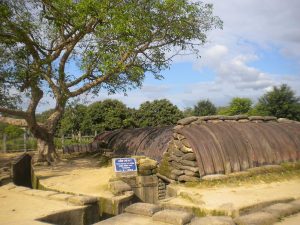
Ho Chi Minh Mausoleum Complex
Located in Ngoc Ha ward, Ba Dinh district, Hanoi, the President Ho Chi Minh relic site has tens of thousands of different artifacts about the revolutionary activities and life of Uncle Ho. Based on the nature and the role of each work, the relic complex is divided into 3 areas: Ho Chi Minh Mausoleum, President Ho Chi Minh Relic at the Presidential Palace and Ho Chi Minh Museum.
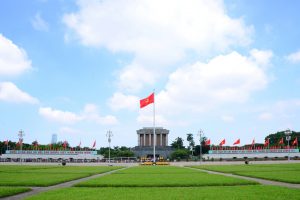
Thang Long Imperial Citadel
Historical and archaeological relic of Thang Long Imperial Citadel Center is located in Ba Dinh district, Hanoi city. As a typical historical and archaeological site, it is a physical evidence that reflects a high level of technology and contains historical, architectural and artistic values. At the same time, it reflects the cultural interference with countries in the region and the world in a long historical process.
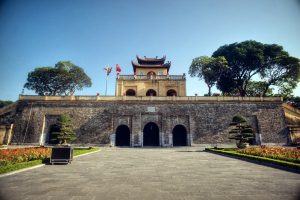
Complex of Hue Monuments
The Complex of Hue Monuments is located along the banks of the Huong River, Hue City and a few surrounding areas in Thua Thien Hue Province. This is the cultural, political and economic center of the province, the ancient capital of Vietnam under the Nguyen Dynasty, from 1802 to 1945. With its global values, the complex of Hue Monuments became the first cultural heritage of Vietnam inscribed by UNESCO in the list of World Heritage Sites in 1993.

My Son Sanctuary
My Son relic site (located in Duy Phu commune, Duy Xuyen district, Quang Nam province), is the most famous architectural complex of the Cham people in Vietnam. My Son relic site was built from the end of the 4th century to the 13th century.
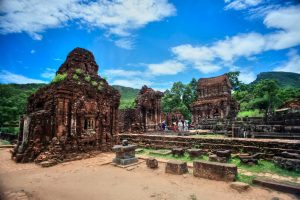
My Son Sanctuary is one of the most outstanding relic sites of The Champa Culture. You can learn more about it here.
Hoi An Ancient Town
Hoi An Ancient Town is an ancient town located at the downstream of the Thu Bon River, in the coastal plain of Quang Nam province. Hoi An was a busy international trading port, a meeting place for Japanese, Chinese and Western merchant ships during the 17th and 18th centuries.
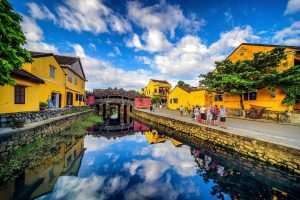
Independence Palace
The Relic of Independence Palace is located at 135, Nam Ky Khoi Nghia Street, Ben Thanh Ward, District I, Ho Chi Minh City. This place marked the complete victory of the resistance war against the US to save the country, liberate the South and reunify the country.
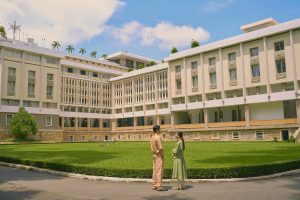
Cu Chi Tunnels
Cu Chi Tunnels were formed during the resistance war against the French colonialists (around 1948). The tunnel system was built the earliest in the two communes of Tan Phu Trung and Phuoc Vinh An, the name Cu Chi Tunnels also stemmed from there.
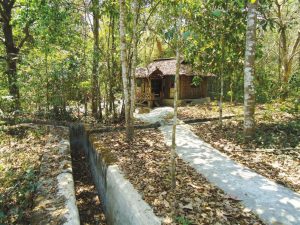
Con Dao Prison Relic
Con Dao historical relic site is located in Con Dao district, Ba Ria – Vung Tau province, including the prison system in Con Dao and the cemeteries belonging to this prison system. Historically, the French colonial government and the US imperialists built 127 cells, 42 cells and 504 isolated cells – “tiger cages” in Con Dao area. After the country was completely reunified (1975), the function of the prison system in Con Dao was dissolved.
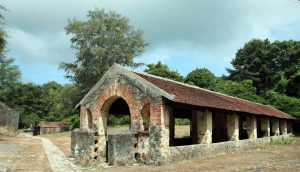
History is a country’s priceless asset. They are valuable lessons left by their fathers, a source for people to remember. In the development of tourism, if effective historical factors are combined, it will meet the learning needs of visitors. At the same time, it shall contribute to the process of conserving, preserving and promoting the heroic historical value of the nation.



